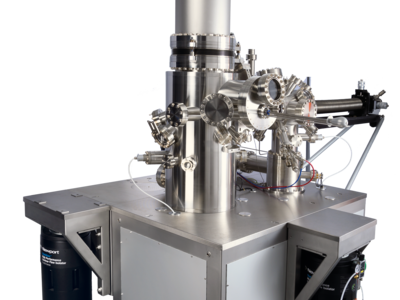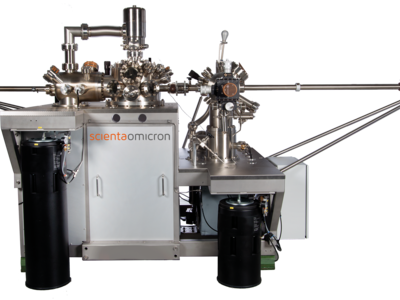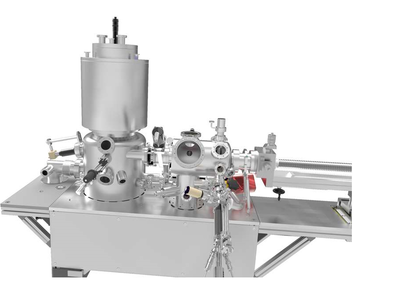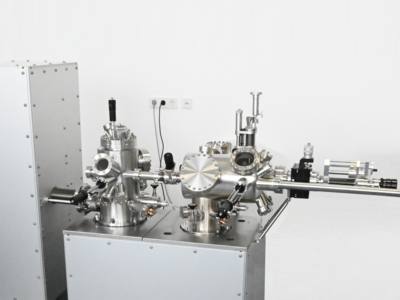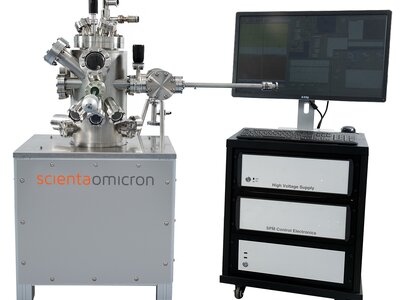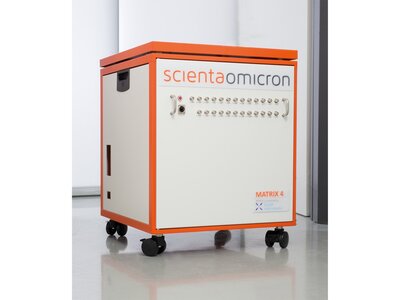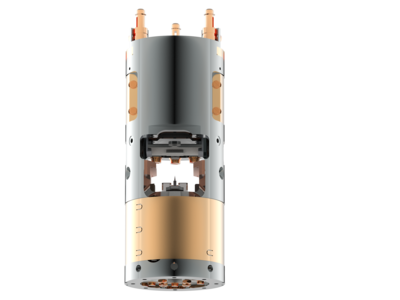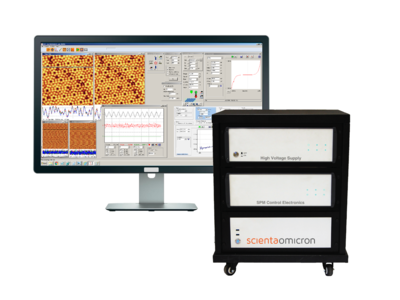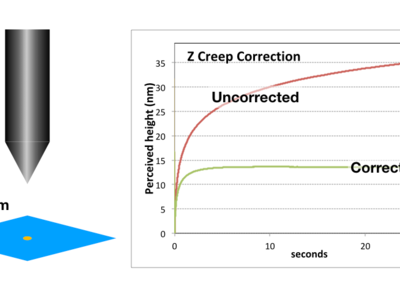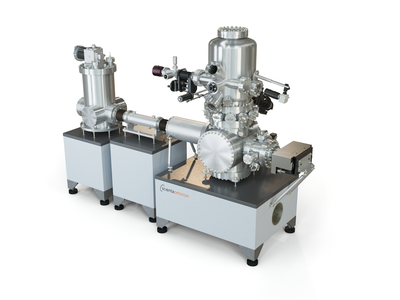Scanning Tunnelling Spectroscopy (STS)
Scanning Tunneling Spectroscopy (STS) is a method that allows to map the occupied and unoccupied density of states (DOS) of local structures on a conductive surface; for example, the highest occupied and lowest unoccupied molecular orbital of a molecule. In an STS measurement, a scanning tunneling microscopy tip is placed above the object of interest (e.g., a molecule) and then the bias voltage of the STM tip is ramped on an interval around 0 V, e.g. from -2V to 2V, while simultaneously recording the tunneling current. The resulting I-V spectra can be further analyzed and bear a direct relation to the electronic density of states in the measured microscopic object.


